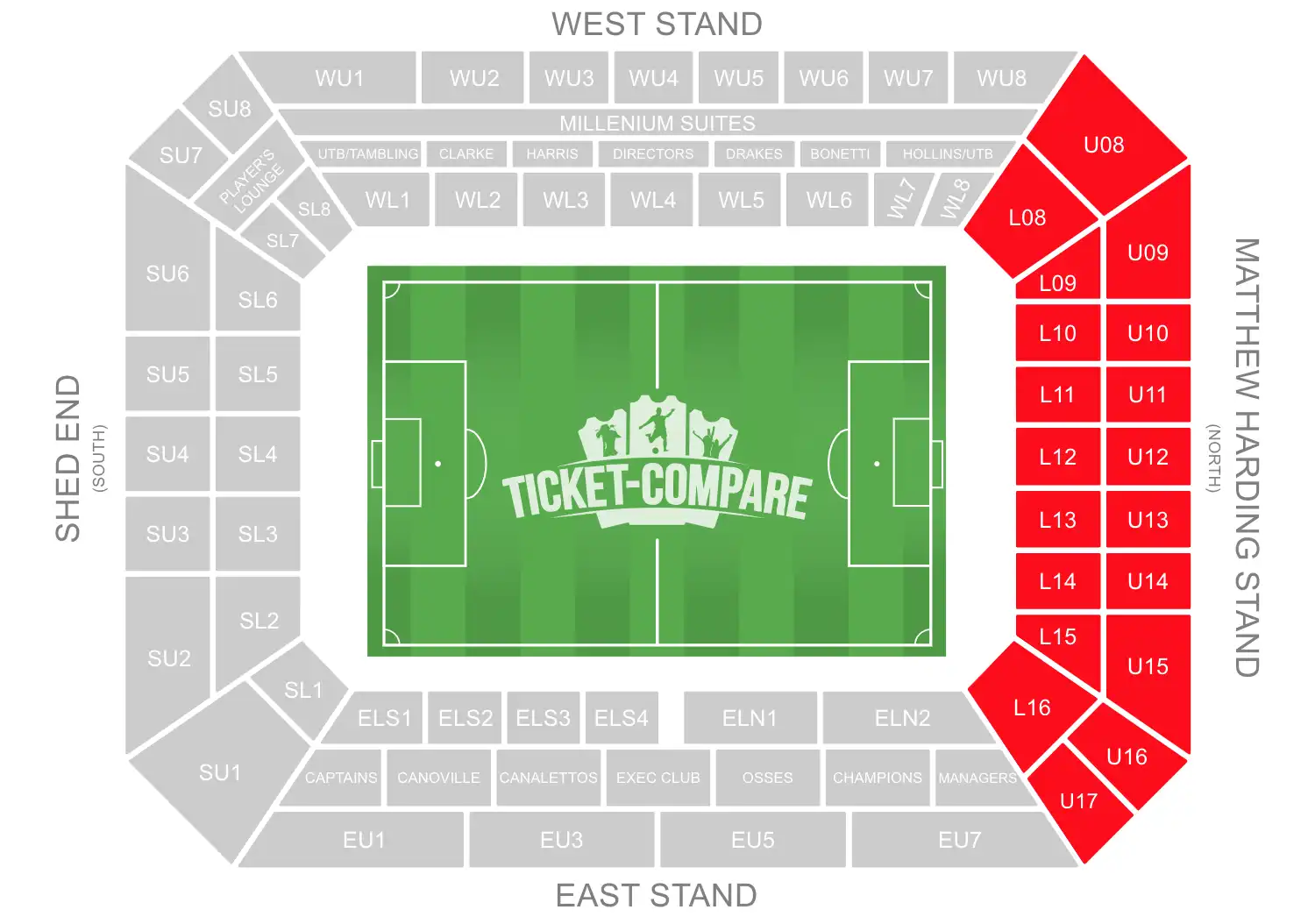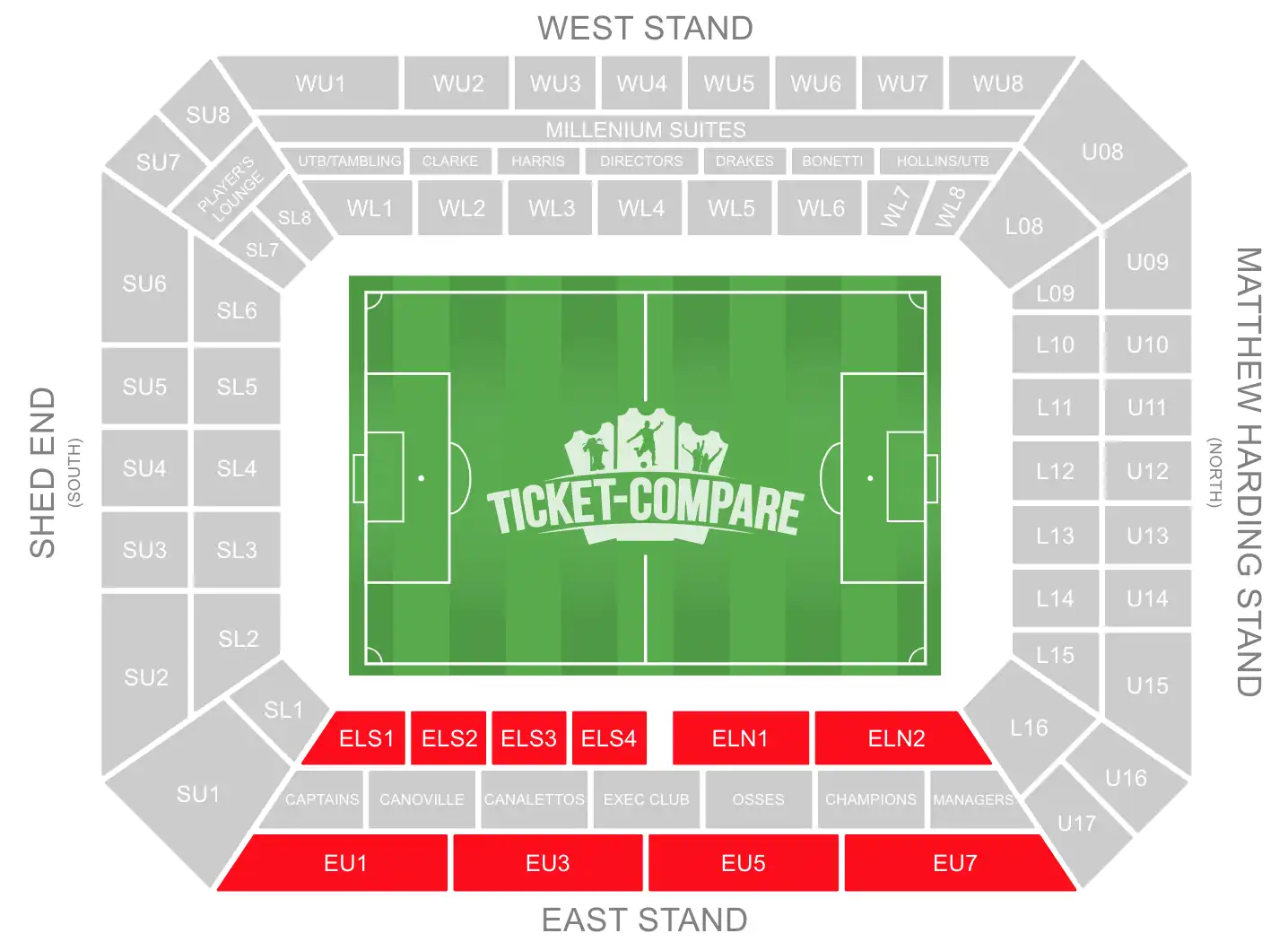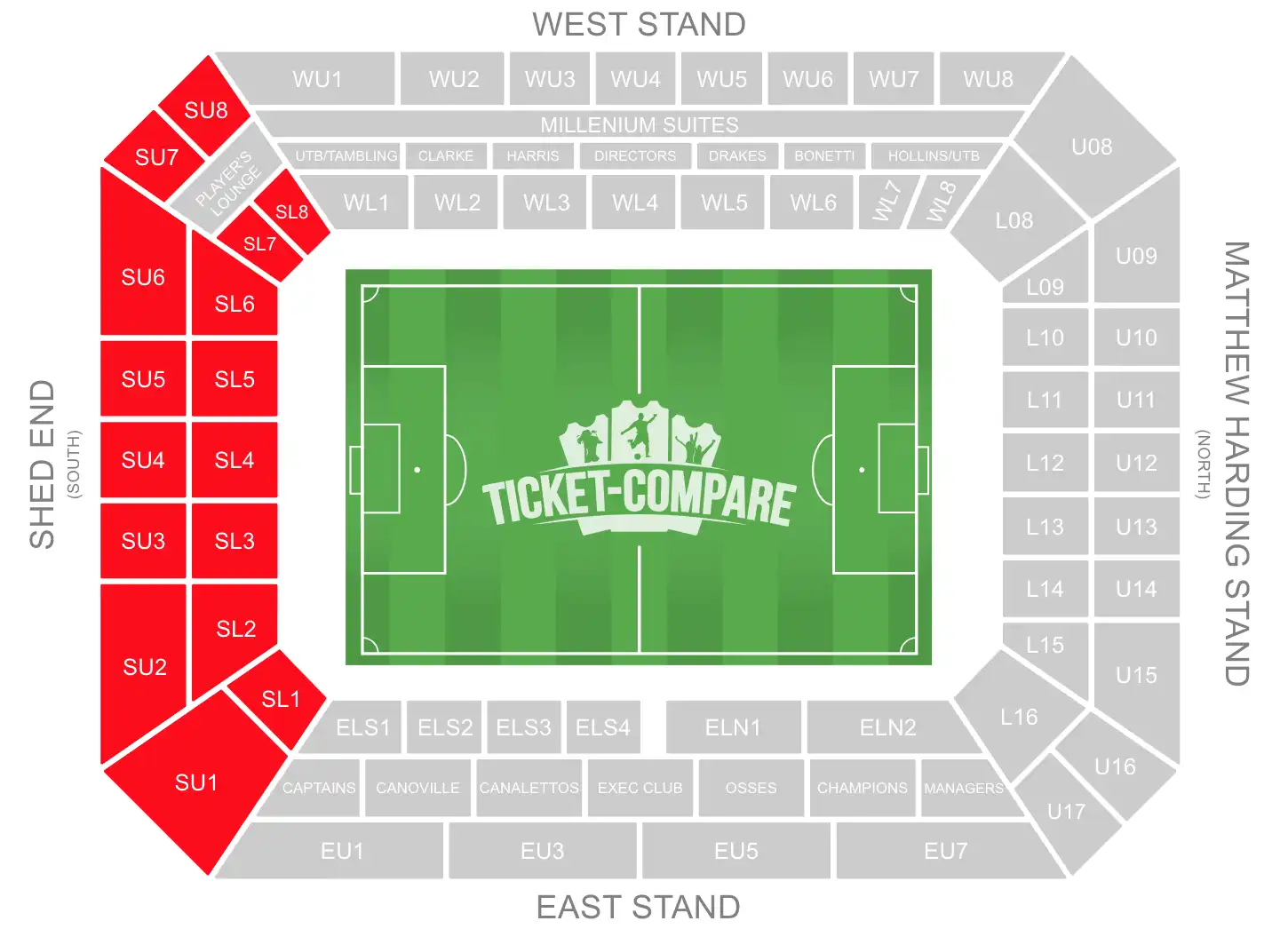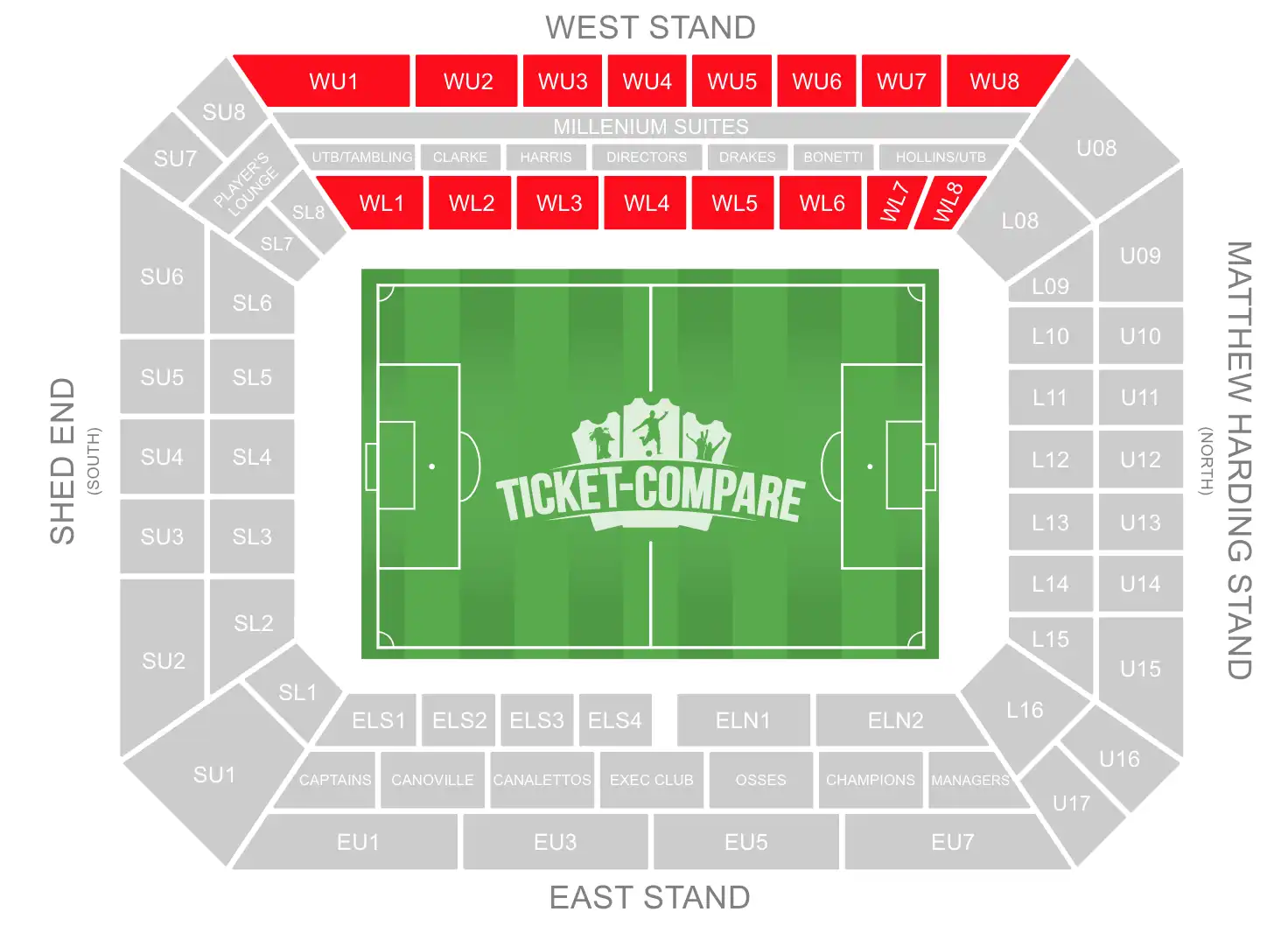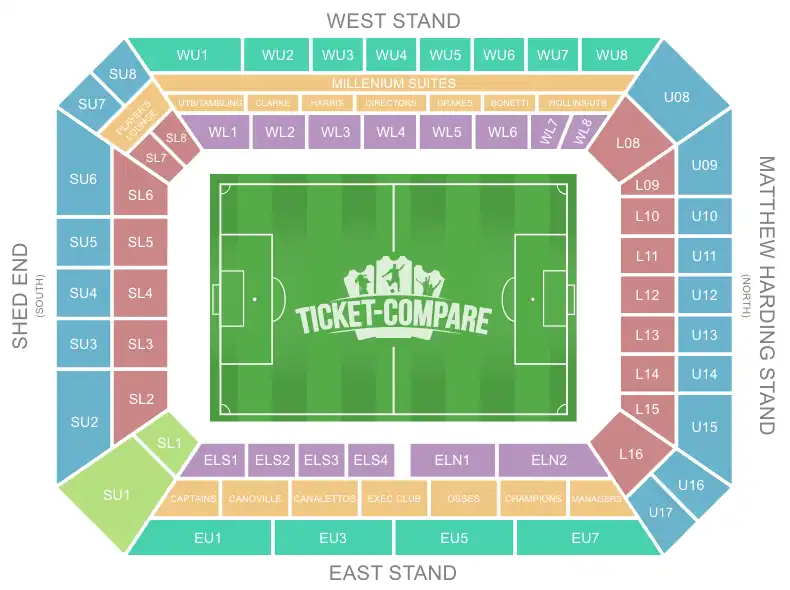-
English
English
-
English - Stamford Bridge Seating Plan
-
עברית-מפת הישיבה של סטמפורד ברידג\'
-
Español - Plano de asientos de Stamford Bridge
-
Svenska - Stamford Bridge Sittplatsplan
-
Français - Plan de salle de Stamford Bridge
-
Deutsch - Stamford Bridge Sitzplan
-
Nederlands - Stamford Bridge Zitplan
-
Suomi - Stamford Bridge Istumapaikkakartta
-
Dansk - Stamford Bridge Siddeplan
-
Norsk - Stamford Bridge Salkart
-
Italiano - Pianta dei posti di Stamford Bridge
-
- $ US Dollar£ Pound Sterling€ Euro
- $ | US Dollar
- £ | Pound Sterling
- € | Euro
